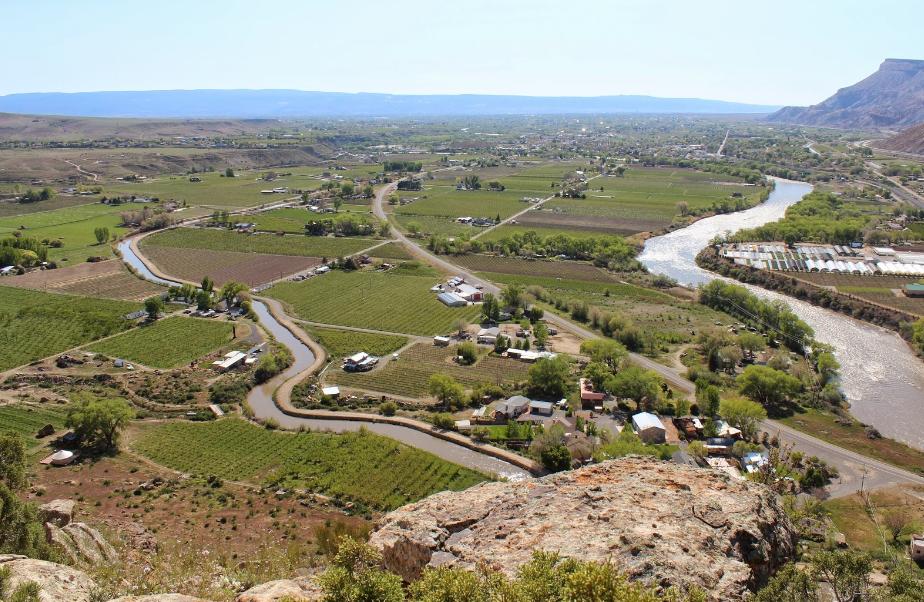There are many studies on the history of the Bureau of Reclamation, established in 1902 to bring water, and life, to the west. Some writers claim it was needed to relieve overcrowding in the cities, to get people to move to farms. What nonsense.
The migration of the American population from farms to cities had barely begun, but almost two-thirds of Americans still lived on farms and in rural communities. The issue was not that Americans didn’t farm – it was that they didn’t farm in the arid West. There was no water. The Southwest was mostly uninhabitable by an agrarian society, and the Great Plains were known as the “great American desert.” The Homestead Act offered settlers free land, but that land was worthless if not near rivers and streams, which almost none of it was.
Congress decided to invest in irrigation projects, dams, reservoirs, and canals, with a vision to “make the deserts bloom.” Over the next 75 years, the Bureau of Reclamation did that – with remarkable success. Today the Southwest is the country’s fastest growing region, and the Plains states are the breadbasket of the world. However, Congress essentially stopped funding large-scale water projects 50 years ago, and the political support for such infrastructure is now almost nonexistent.

Despite that modern reality, the Bureau not only still exists, but is a behemoth with an annual budget over $1 billion and 5,296 employees. It owns 1,774 buildings, 304 bridges, 2,601 miles of roads, 338 reservoirs, 487 dams, and 8,116 miles of canals, all covering 7.8 million acres of land. The deserts are clearly blooming – ten million irrigated acres are now productive farmland, and 31 million people in the region use water from these projects. So, what do 5,296 employees do now? Reclamation is frequently referred to as an agency desperately in search of a mission.
It is interesting how the official mission statement has morphed. The 1902 Reclamation Act established the objective, to construct irrigation works on arid lands, to be funded by the sale of public lands, not tax dollars. The original law says, “To appropriate the receipts from the sale and disposal of public lands in certain States and Territories to the construction of irrigation works for the reclamation of arid lands.” Congress’s intent was to store water during wet periods to enable use during dry periods, making settlement in the West possible.
Note that sellable land was never unlimited, so the mission was never considered permanent. Today the government sells no land – it spends billions buying more – and Congress no longer
funds major water projects, so the Bureau defines its mission very differently: “The mission of the Bureau of Reclamation is to manage, develop, and protect water and related resources in an environmentally and economically sound manner in the interest of the American public.” Not to construct anything.
In fact, the Bureau now has two primary functions. First is managing water facilities, including its dams and reservoirs, though there is certainly nothing uniquely federal about that role. Indeed, three private companies, American Water Works, American States Water, and Aqua America, provide water to eighteen million people in forty-one states. There are dozens of others, along with over 155,000 public water systems in the U.S., supplying over 286 million people.
The Bureau operates only 338 of the 36,650 dams in those 17 Western states. There are 1900 dams in Colorado, 1500 in California, 700 in Utah, 400 each in Idaho and New Mexico, 500 in Nevada, 3000 in Montana, 6400 in Kansas, 2900 in Nebraska, 3450 in the Dakotas, 1700 in Washington and Oregon, 5,000 in Oklahoma, 7300 in Texas, and 1500 in Wyoming. Most are owned by water providers and local governments, nearly all state regulated. Every western state is more than capable of managing dams and reservoirs.
The Bureau’s second primary function is producing hydroelectric power, though it’s not the country’s largest. Its 53 powerplants produce roughly 15 percent of U.S. hydropower, so there is also nothing uniquely federal about that. Major hydropower installations are owned and operated by the New York Power Authority, Pacific Gas and Electric, Duke Power, Virginia Electric and Power, Seattle City Light, Idaho Power, PacifiCorp, and numerous others who could readily manage the power generated at federal dams.
Congress should seriously consider this agency’s mission and the possibility of turning these facilities over to state and local governments and/or the private sector, saving the federal budget over a billion, and saving westerners untold headaches. Making the deserts bloom was a noble mission, but it is done.




Comments on this entry are closed.